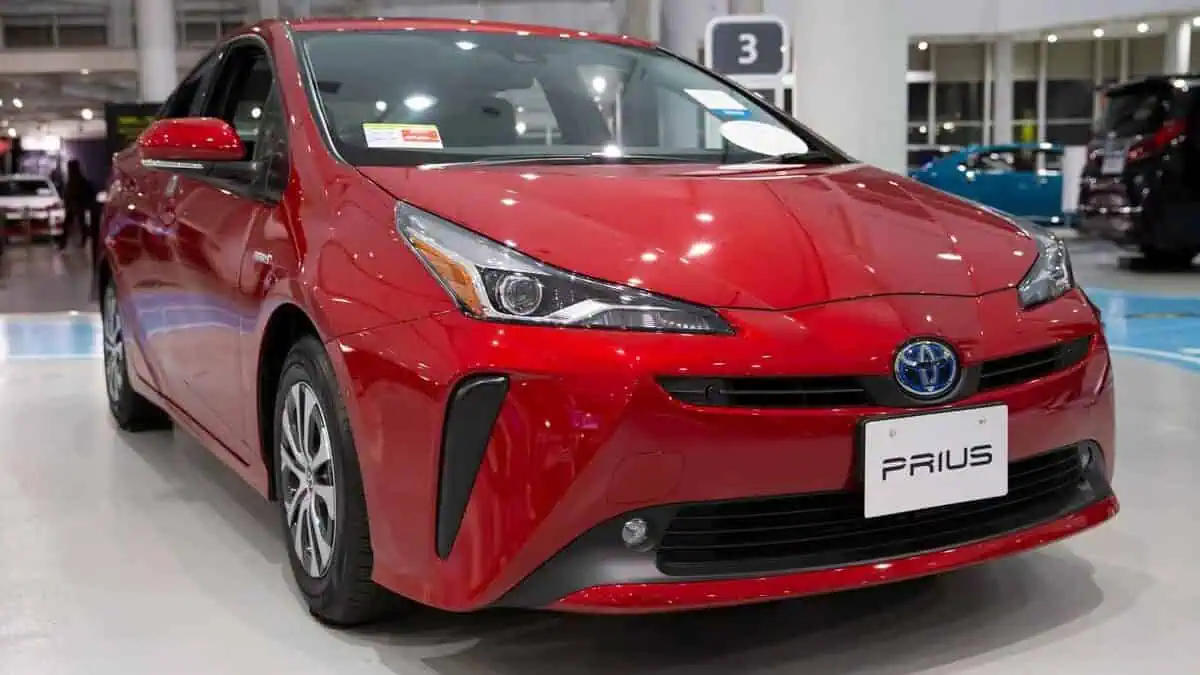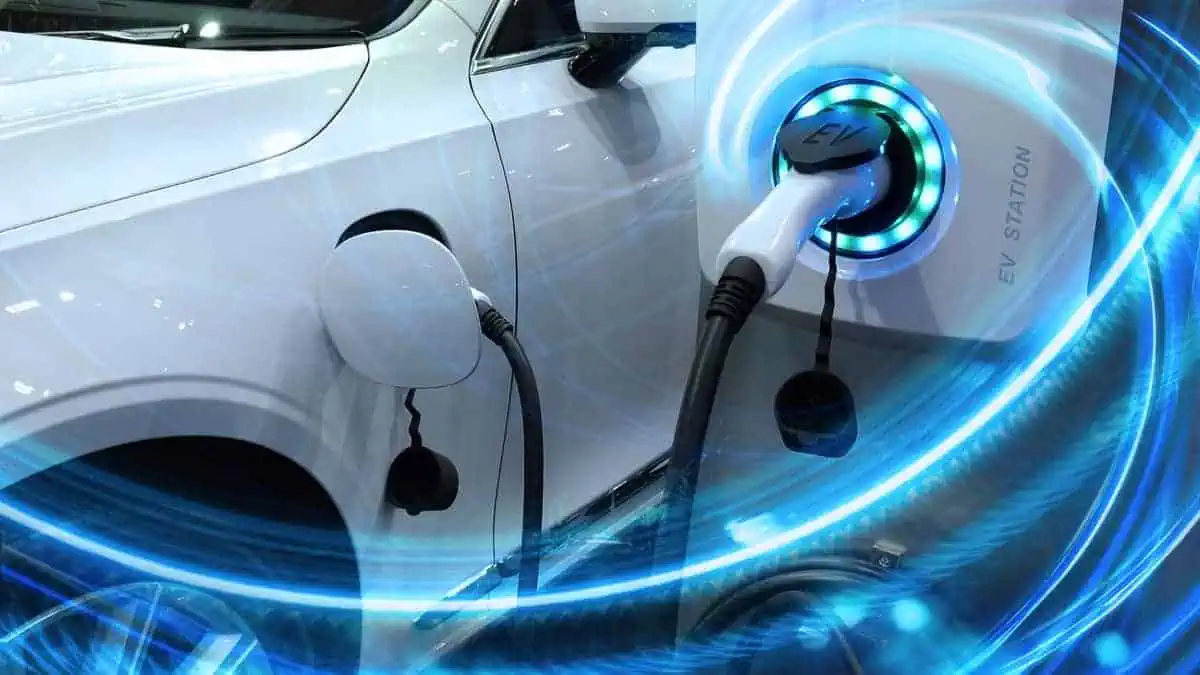Japanese automaker Toyota is among the leading automobile manufacturers globally. However, as the world transitions to clean mobility, the automaker chose the path towards hybrid vehicles instead of zero emissions technology.
Toyota’s flaw in pursuing sustainability
Former CEO Akio Toyoda explained his approach to leading the company in his 13 years in charge. He stated that he decided to pursue the path “that leads back to the essential qualities and philosophies that gave us strength” instead of “quick victory.”
Consequently, the company excelled in hybrid vehicles but lagged in battery electric vehicle technology. Toyota seems to have realized the problem and addressed it with organizational restructuring.
Former CEO Akio Toyoda stepped down and maintained his position as the company’s chair. 53-year-old Koji Sato, former Lexus head, succeeded him. That said, Toyota’s era of focusing on hybrid technology from the Prius in the mid-2000s now lasted.
Toyota’s past operation
Toyota reported sales of 10.5 million vehicles worldwide in 2022. Out of that enormous total, only less than 25,000 were battery-electric vehicles. Meanwhile, Toyota sold 2.7 million hybrid vehicles.
Toyota did not surpass Volkswagen, Ford, and other automakers by luck. In the 1980s, its relentless focus on quality overcame Detroit’s negligence and made Japanese automobiles synonymous with “reliability.”
As soon as Toyoda took over, he brought Toyota back from the brink of collapse following a tragic US collision. Today, Toyota is still one of the best options for a fuel-efficient, durable, and long-lasting car.
Moreover, Prius‘ development demonstrates Toyota’s business practices. When Toyota introduced the first model in Japan in 1997, pairing an electric powertrain with a gasoline engine was a bold invention.
By 2009, Priuses accounted for almost half of all hybrid vehicles sold in the US. Hollywood stars used the wedge-shaped car, the equivalent of today’s Tesla.
However, sales of the Prius have decreased somewhat since that time, but Toyota engineers have continued to work on it. They constantly shrank the size of the batteries and motors, expanded their range, and reduced carbon emissions per kilometer by an average of 10% over each of its five iterations. All that said, the Prius is now more environmentally friendly than it was when it first gained popularity.
Government’s change in focus – EVs
It is also worth noting that Toyota’s other models, such as Corollas and Lexuses, have also become more sustainable. However, the US and Europe actively promoted zero-emission vehicles, disregarding Toyota’s hybrid efforts.
Toyoda was not satisfied with this shift in mobility focus. If governments sought to impose a too-hasty transition to pure EVs, the company warned in 2020 that “the current business model of the car industry is going to collapse.”
Interestingly, his new position is unlikely to stop Toyota from advocating for hybrid vehicles. However, it now emphasizes a more nuanced argument regarding the potential lithium shortages required to produce li-ion batteries for EVs.
Toyota’s head scientist, Gill Pratt, has steadfastly argued that using a lot of lithium in huge EV batteries is a waste of precious resources. It really wouldn’t make sense if drivers only used them for relatively short commutes.
That said, distributing the same amount of lithium among multiple hybrids, including plug-ins with smaller batteries, might be used more effectively to reduce carbon emissions.
Toyota seeks to catch up in the EV drive
Toyota announced plans to invest $35bn in its electric vehicle initiatives as it aims to sell 3.5 million EVs by 2030. Interestingly, Toyoda acknowledged last week that speeding up the transition was necessary. Much depends on how much discretion he gives Sato to veer off course.
“A carmaker is all that I am, and I see that as my own limit.”
Toyota Chairman Akio Toyoda






